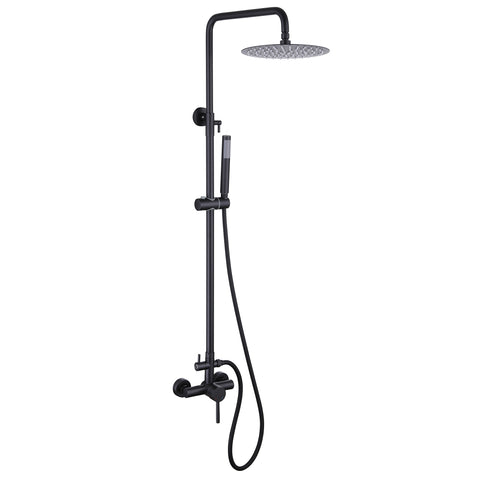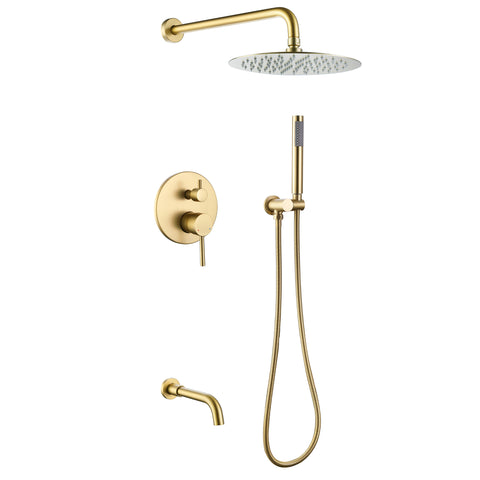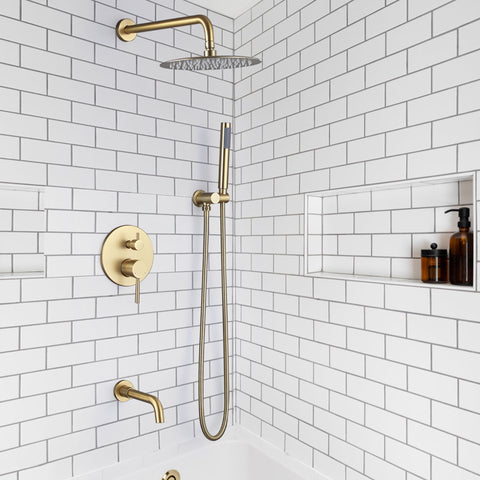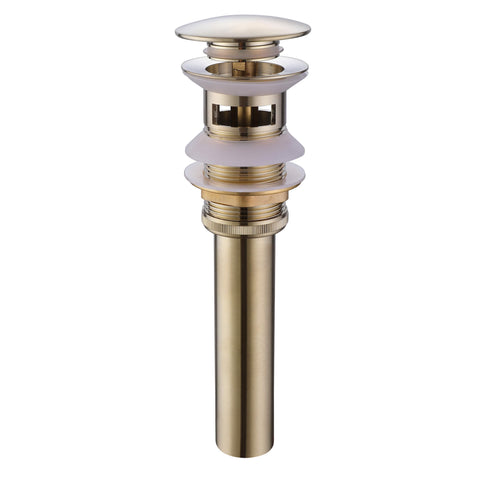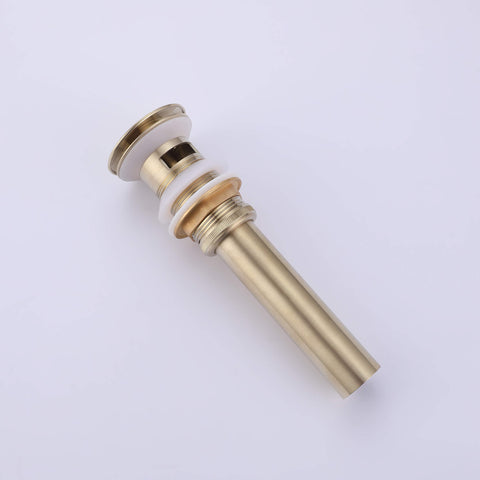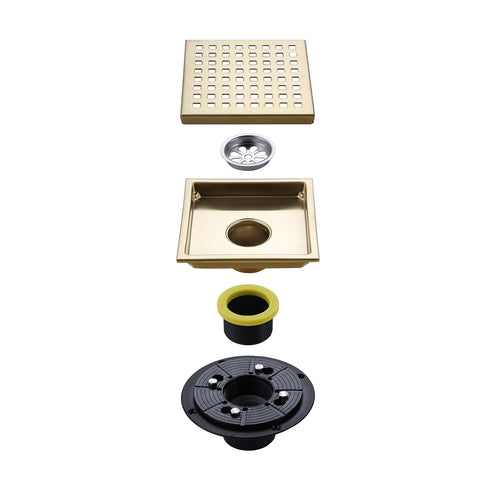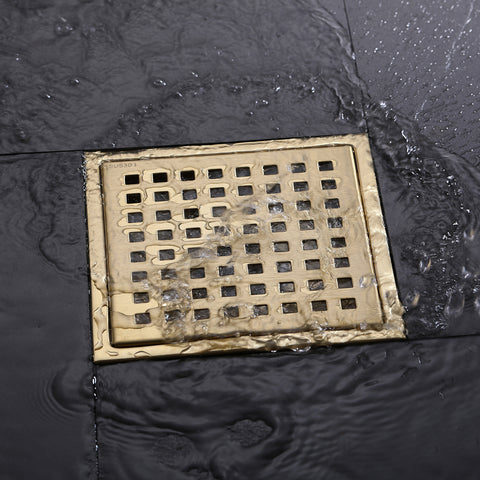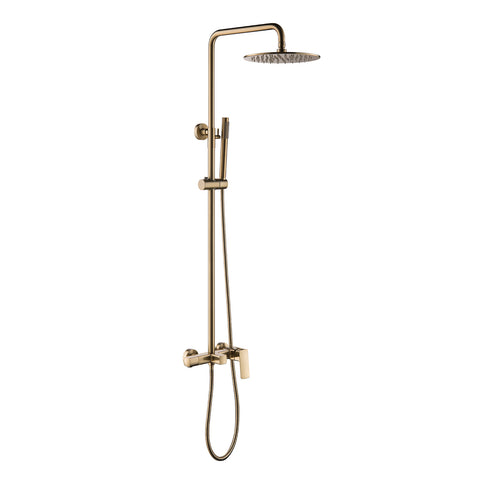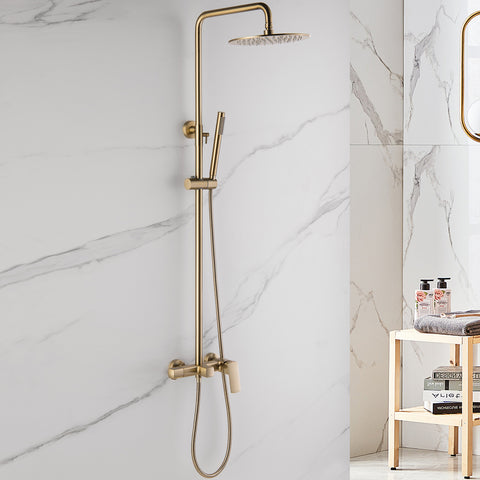Understanding Bathroom Faucet Cartridges: The Heart of Your Faucet's Functionality
Bathroom faucet cartridges are an integral yet often overlooked component in the plumbing world. These small, cylindrical objects play a crucial role in the functioning of bathroom faucets, controlling the flow and temperature of water. Understanding the importance, types, maintenance, and replacement of bathroom faucet cartridges can greatly enhance your bathroom's functionality and longevity.
Understanding Bathroom Faucet Cartridges
A bathroom faucet cartridge is located inside the handle of the faucet. It is a valve that controls the release of hot and cold water, mixing them to the desired temperature. When you turn the faucet handle, the cartridge opens or closes various pathways, allowing water to flow out of the faucet spout.
Types of Faucet Cartridges
There are primarily three types of faucet cartridges:
- Compression Cartridges: These are typically found in older faucets. They work by screwing down a washer against a valve seat, controlling water flow. They require more force to operate and are more prone to dripping when worn out.
- Ceramic Disk Cartridges: These cartridges use two ceramic disks that slide over each other to control water flow and temperature. They are known for their durability and resistance to wear and tear.
- Ball Cartridges: Often found in single-handle faucets, these use a ball with different-sized openings that align with hot and cold water inlets to control the mixture and flow of water.
Maintenance of Faucet Cartridges
Regular maintenance can prolong the life of a faucet cartridge. This includes:
- Cleaning: Mineral deposits from hard water can build up on the cartridge, affecting its functionality. Regular cleaning with a vinegar solution can help prevent this buildup.
- Lubrication: Applying silicone-based lubricant to moving parts of the cartridge can ensure smooth operation.
- Checking for Wear and Tear: Over time, cartridges can wear out, especially the rubber seals and O-rings. Regular inspection can help identify when they need replacement.
Replacing a Faucet Cartridge
Replacing a faucet cartridge is a straightforward DIY task:
- Shut Off Water Supply: Always start by shutting off the water supply to the faucet.
- Remove Faucet Handle: This usually involves unscrewing a screw that secures the handle to the faucet.
- Access the Cartridge: Depending on the faucet design, you may need to remove a decorative cap or a retaining nut to access the cartridge.
- Remove and Replace Cartridge: Carefully pull out the old cartridge and replace it with a new one. Make sure it's aligned correctly.
- Reassemble the Faucet: Once the new cartridge is in place, reassemble the faucet and turn the water supply back on.
Conclusion
Bathroom faucet cartridges, though small, are vital for the proper functioning of your bathroom faucets. Understanding their types, maintenance, and how to replace them can save you from unnecessary plumbing costs and ensure a steady, controlled flow of water. Regular maintenance and timely replacement of these cartridges can significantly extend the life of your bathroom faucets, maintaining their efficiency and effectiveness.
